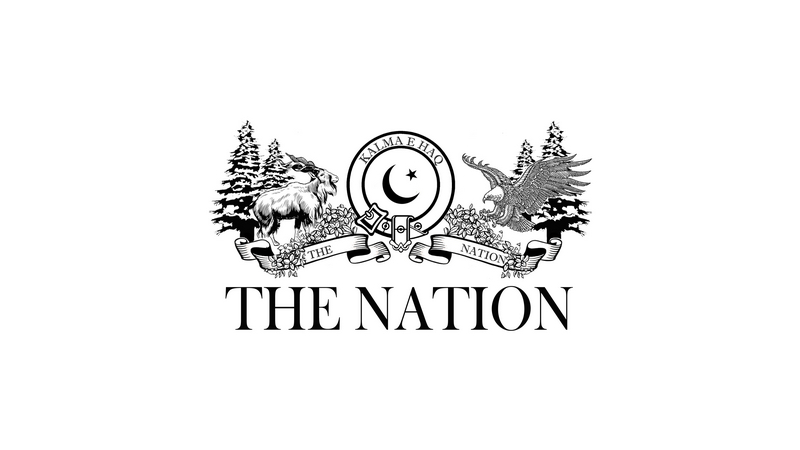According to Xinhua Net, Dhaka’s latest tourist attraction is Saiful Islam’s Rangdhonu (rainbow) seven-colour tea store. Although he had to acquire the technique from a tea vendor in Moulvibazar’s Srimangal area, he’s successfully imitating it now. He said,
Image source
While the average tea costs around Rs. 8 (10 takas), the seven-layer tea costs around Rs. 70. And although the process of making it is a secret, he did reveal what kinds of tea are used for the drink.
“We mix different types of locally and China-grown tea —
three black teas and
one green tea — with milk and various spices. Each mixture has a distinct color and taste, and I pour one on top of another to create seven distinct bands of colors including
orange,
black,
white,
strawberry,
milk and
Green.”
However, here’s the catch. There’s no magic involved. Saiful said that,
Image source
But who cares about the secret if it tastes so good, and healthy. Yes, a part of the seven-layer drink is created by Islam himself, which is a white layer blended with ginger. And it’s good for the customer’s health.
Joyita, a student of Dhaka Polytechnic Institute and a happy customer at Islam’s store, said that,
Albeit successful, Islam is a copycat (and a brilliant one at it). So, who’s the inventor of this one-of-a-kind tea? Well, The Guardian says that it’s a Romesh Ram Gour from Srimangal.
Image source
Gour’s shop is a simple kiosk called the Nilkantha Tea Cabin. And it’s visited by people from far and wide just to have a sip of his tea. In addition to that, it’s rumoured that a major Bollywood star once offered to fly him to India and expand his business. However, Gour refused, saying that he’s happy with the life he has.
Check out a demo of the seven-layered tea here:













